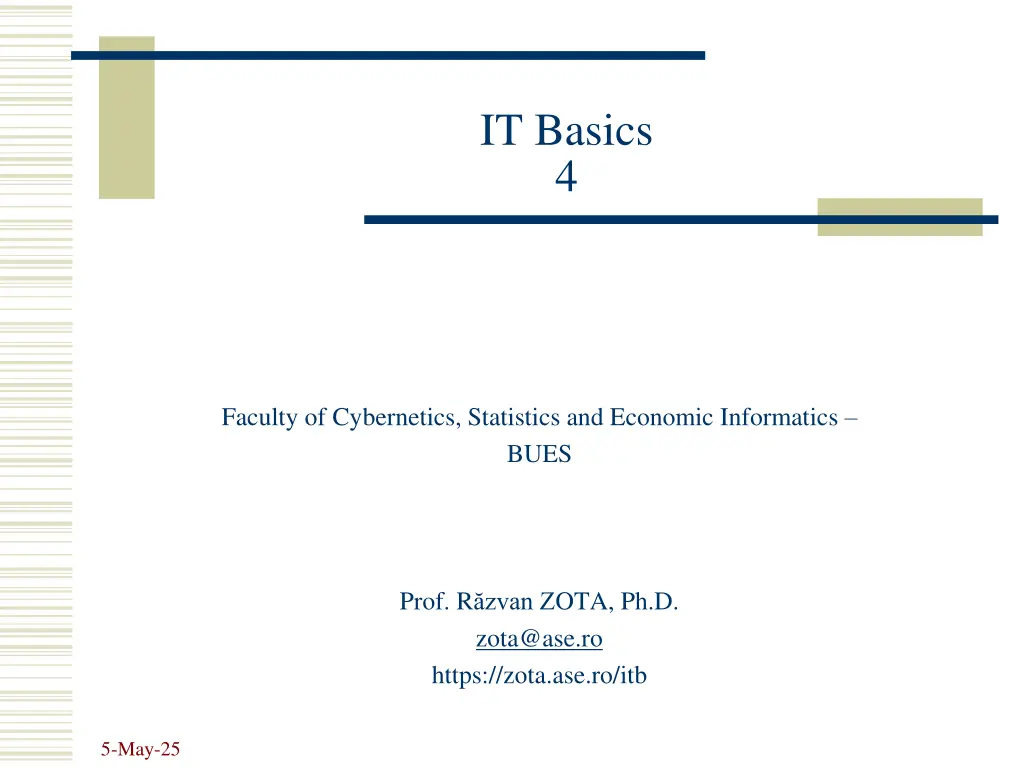
Understanding Alphanumeric and Numeric Codes in Information Technology
Explore the significance of alphanumeric codes like EBCDIC, ASCII, and Unicode in electronic data exchange, text processing, and international language display. Learn about weighted and non-weighted numeric codes like 8421 and 2421. Uncover the complexities of character encoding systems and their applications in IT.
Download Presentation

Please find below an Image/Link to download the presentation.
The content on the website is provided AS IS for your information and personal use only. It may not be sold, licensed, or shared on other websites without obtaining consent from the author. If you encounter any issues during the download, it is possible that the publisher has removed the file from their server.
You are allowed to download the files provided on this website for personal or commercial use, subject to the condition that they are used lawfully. All files are the property of their respective owners.
The content on the website is provided AS IS for your information and personal use only. It may not be sold, licensed, or shared on other websites without obtaining consent from the author.
E N D
Presentation Transcript
IT Basics 4 Faculty of Cybernetics, Statistics and Economic Informatics BUES Prof. R zvan ZOTA, Ph.D. zota@ase.ro https://zota.ase.ro/itb 5-May-25
Alphanumeric codes Examples: EBCDIC (Extended Binary Coded Decimal Information Interchange) ASCII (American Standard Code for Information Interchange) Unicode supports electronic data exchanges, text processing and displaying in several international languages. It has been adopted by great international companies, like: Apple, HP, IBM, Microsoft, Oracle, Sun, Unisys, etc. Latest versions Sept 2023 and 2024 v15.1 and v16.0 (support for 149.813 characters with 20 new emojis and 4,193 CJK (Chinese, Japanese, and Korean) ideographs.Unicode 16.0 adds 5185 characters, for a total of 154,998 characters. For more info see: www.unicode.org
Alphanumeric codes (cont.) http://www.jimprice.com/jim-asc.shtml http://tronweb.super-nova.co.jp/characcodehist.html 5-May-25
Caracterul Codul ASCII Codul EBCDIC Codul Unicode (0030)H 0 0011 0000 1111 0000 Alphanumeric codes (cont.) 1 0011 0001 1111 0001 (0031)H 2 0011 0010 1111 0010 (0032)H 3 0011 0011 1111 0011 (0033)H . 9 0011 1001 1111 1011 (0039)H a 0110 0001 1000 0001 (0061)H b 0110 0010 1000 0010 (0062)H .. z 0111 1010 1010 1001 (007A)H A 0100 0001 1100 0001 (0041)H B 0100 0010 1100 0010 (0042)H .. Z 0101 1010 1110 1001 (005A)H LF(linefeed) 0000 1010 0010 0101 (000A)H 5-May-25
Numeric codes Weighted Non-weighted Weighted codes (zi are the binary digits from 0 to 9) have the following characteristic: for each code digit it is associated a weight and the value of the decimal number is computed by multiplying the code digit with the (associated) weight and summing the values: 5-May-25
Weighted codes 8421 code 2421 code 8421 code Decimal digit Code 50 43210 0 1 2 3 4 5 6 7 8 9 0000 0001 0010 0011 0100 0101 0110 0111 1000 1001 0000 0001 0010 0011 0100 1011 1100 1101 1110 1111 0000 0111 0110 0101 0100 1011 1010 1001 1000 1111 01 00001 01 00010 01 00100 01 01000 01 10000 10 00001 10 00010 10 00100 10 01000 10 10000 5-May-25
Weighted codes (cont.) 4221 code 5421 code 7421 code Decimal digit Code 6421 0 0000 0000 0000 0000 1 0001 0001 0001 0011 2 0010 0010 0010 0010 3 0011 0011 0011 0101 4 0110 0100 0100 0100 5 1001 1000 0101 0111 6 1100 1001 0110 1000 7 1101 1010 0111 1011 8 1110 1011 1001 1010 9 1111 1100 1010 1101 5-May-25
Weighted codes (cont.) 8421 code Binary-decimal natural code, with weights powers of 2 2421 code (Aiken) self-complementary code 8421 code the last two weights are negative, self- complementary code (50 43210) code sequences of 7 binary symbols divided into two groups 5-May-25
Non-weighted codes Exces 3 code Gray code 2 of 5 (74 210) Decimal digit 0 1 2 3 4 5 6 7 8 9 0011 0100 0101 0110 0111 1000 1001 1010 1011 1100 0000 0001 0011 0010 0110 0111 0101 0100 1100 1101 11 000 00 011 00 101 00 110 01 001 01 010 01 100 10 001 10 010 10 100 5-May-25
Non-weighted codes Excess 3code self-complementary Gray code two consecutive code sequences differ by a single bit position 2 of 5 code pseudo-weighted code; the code sequences for decimal digits 1 9 have associated the weights 74210 except digit 0. Only 2 from the 5 binary digits are significant (have the value of 1). 5-May-25
Barcodes an example Barcode 2 of 5 two lines are wide and three are narrow. The print rate between wide line/narrow line is 2:1 or 3:1. The spaces do not contain information; for ITF code (Interleaved Two of Five) the information density is bigger because the spaces are containing information also 5-May-25
Barcodes - example Character LSB 1 0 1 0 1 0 1 0 0 1 0 1 1 MSB 7 1 0 0 0 0 0 0 1 1 1 Parity P 0 1 1 0 1 0 0 1 0 0 2 0 0 1 1 0 0 1 0 0 1 1 0 4 1 0 0 0 1 1 1 0 0 0 0 1 0 1 2 3 4 5 6 7 8 9 START STOP 5-May-25
Barcodes - example Example: number 10 representation with 2 of 5 barcode START 1 0 STOP 5-May-25
QR (Quick Response) code Represents a matrix (bi-dimensional) barcode Example: 5-May-25
